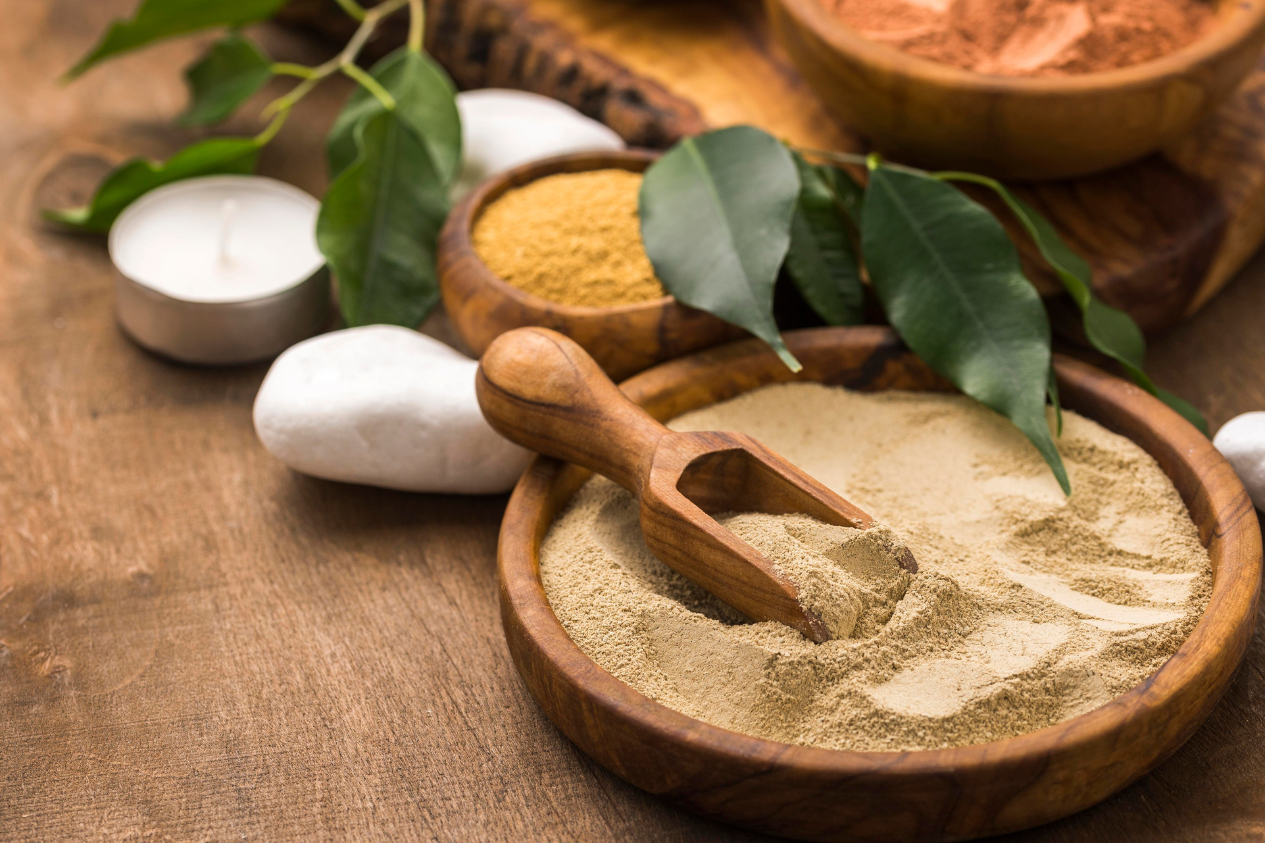
What Are Adaptogen Foods? 10 Indian Recipes That Use Them
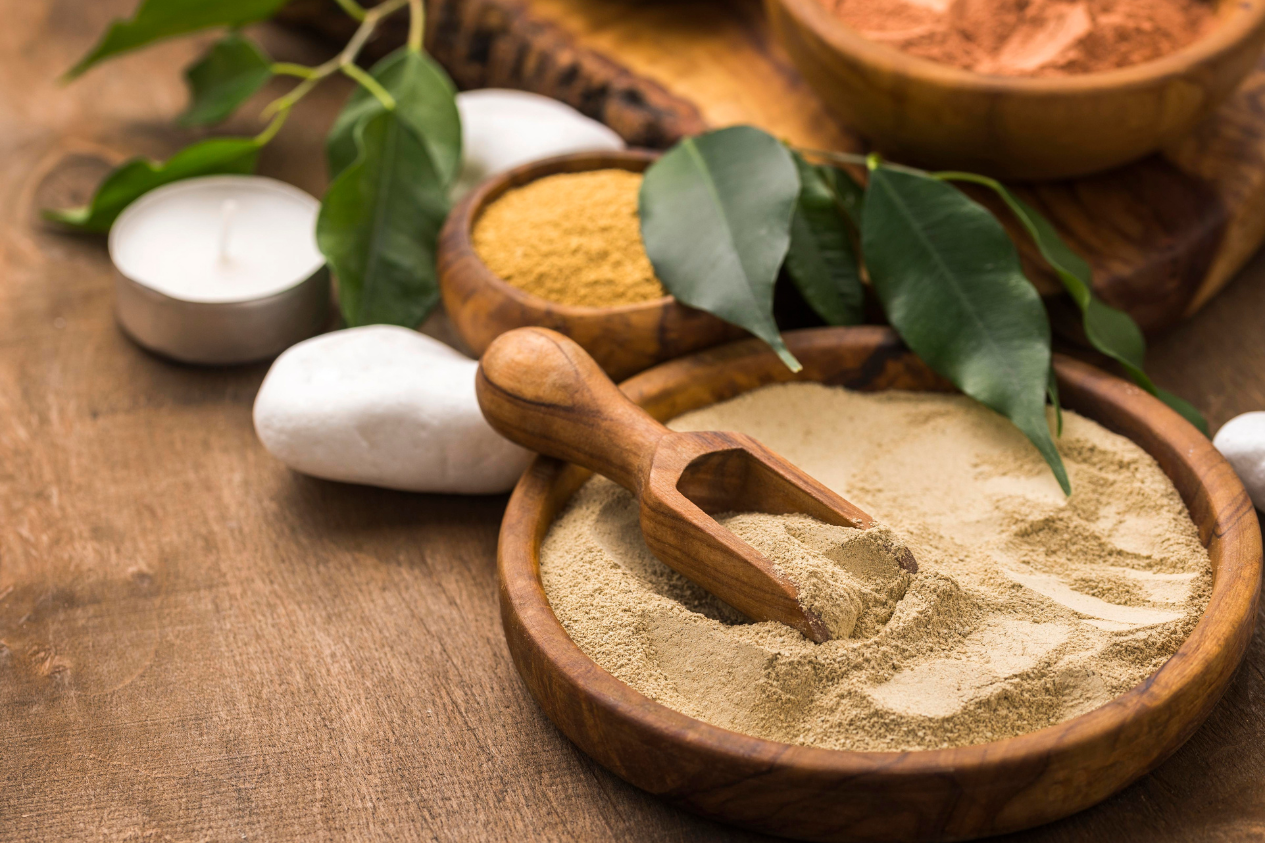
Food is never merely about appetite; it is medicine, memories, and balance. For centuries, Indian kitchens have bridged the gap between food and healing through ingredients that nourish the body, mind, and spirit. In contemporary society, the world of wellness trends is abuzz with the word "adaptogen". But for India, the adaptogen is nothing new; it has always been part and parcel of Ayurveda and integrated into the daily diet, be it teas, tonics, curries or sweets.
This blog will discuss adaptogen foods within traditional aspects of India and offer different recipes that incorporate them into some tasty everyday dishes.
What Are Adaptogen Foods?
Adaptogen foods are natural foods/herbs/roots/fruits/spices that affect the body's ability to adapt to stress, to return to balance, and build resilience. Rather than functioning like "quick fixes", adaptogens work slowly, through our system, to bring harmony to the body.
India's Ayurveda system has celebrated adaptogens for 1000's of years. As an intrinsic part of your diet in the form of herbs like agnagoorh, tulsi, shatavari, mulethi, turmeric, amla, and ginger, all of these herbs are therapeutic and even culinary herbs. Therefore, through recipes, when we choose to sit down to a meal together, we are not only eating, but healing.
Recipes with Ashwagandha
Ashwagandha Almond Milk
Ashwagandha Almond Milk is a calming night drink that reduces stress and promotes good sleep.
Ingredients for Ashwagandha Almond Milk:
- 2 cups milk (or almond milk)
- 1 tsp ashwagandha powder
- 1 tbsp almond paste
- ½ tsp cardamom powder
- 1 tsp honey
Method for Ashwagandha Almond Milk:
- Heat milk and stir in ashwagandha powder and almond paste.
- Simmer for 5 minutes.
- Add cardamom powder, remove from heat.
- Sweeten Ashwagandha Almond Milk with honey.
- Ashwagandha Almond Milk is soothing, creamy, and deeply restorative.
Recipes with Tulsi
Tulsi Ginger Kadha
Tulsi Ginger Kadha is the most traditional adaptogen drink for immunity.
Ingredients for Tulsi Ginger Kadha:
- 10 Tulsi leaves
- 1-inch ginger, grated
- 1 tsp black peppercorns
- 1 cinnamon stick
- 2 cups water
- Honey or jaggery
Method for Tulsi Ginger Kadha:
- Boil water with tulsi leaves, ginger, pepper, and cinnamon for 10 minutes.
- Strain, sweeten, and serve hot.
- Tulsi Ginger Kadha is ideal for rainy days and seasonal changes.
Recipes with Turmeric
Golden Turmeric Milk
Golden Turmeric Milk, or haldi doodh, is India’s wellness superstar.
Ingredients for Golden Turmeric Milk:
- 2 cups milk
- 1 tsp turmeric powder
- ½ tsp black pepper
- ½ tsp cinnamon
- 1 tsp honey
Method for Golden Turmeric Milk:
- Warm milk, add turmeric, black pepper, and cinnamon.
- Simmer for 5 minutes.
- Sweeten with honey.
- Golden Turmeric Milk helps reduce inflammation and supports immunity.
Recipes with Mulethi (Liquorice Root)
Mulethi Herbal Tea
Mulethi Herbal Tea is a throat-soothing adaptogen infusion.
Ingredients for Mulethi Herbal Tea:
- 1 tsp mulethi powder
- ½ tsp fennel seeds
- 1 cinnamon stick
- 2 cups water
- Honey
Method for Mulethi Herbal Tea:
- Boil mulethi, fennel, and cinnamon in water for 10 minutes.
- Strain and sweeten.
- Mulethi Herbal Tea is excellent for singers, speakers, and cough relief.
Recipes with Shatavari
Shatavari Kheer
Shatavari Kheer is a nourishing dessert that balances women’s health.
Ingredients for Shatavari Kheer:
- 1 litre of milk
- 2 tbsp soaked rice
- 1 tbsp shatavari powder
- ¼ cup sugar or jaggery
- ½ tsp cardamom
- Nuts
Method for Shatavari Kheer:
- Boil milk and rice until soft.
- Add shatavari powder, sugar, cardamom, and nuts.
- Serve Shatavari Kheer warm or chilled.
- Shatavari Kheer blends indulgence with Ayurvedic wellness.
Recipes with Amla
Amla Murabba
Amla Murabba is a sweet preserve rich in Vitamin C.
Ingredients for Amla Murabba:
- 500 g amla
- 500 g sugar
- ½ tsp cardamom
- 1 tbsp saffron water
Method for Amla Murabba:
- Steam amla, prick lightly.
- Cook sugar syrup and add amla.
- Simmer, then add saffron water and cardamom.
- Store Amla Murabba in jars.
Recipes with Ginger
Ginger Jaggery Tea
Ginger Jaggery Tea is a monsoon favourite.
Ingredients for Ginger Jaggery Tea:
- 1 tbsp ginger, grated
- 2 cups water
- 1 tsp tea leaves
- 2 tsp jaggery
- ½ cup milk
Method for Ginger Jaggery Tea:
- Boil ginger in water.
- Add tea leaves, simmer, then strain.
- Stir in jaggery and milk.
- Ginger Jaggery Tea is warming, soothing, and energising.
Recipes with Ginseng
Ginseng Lemon Tea
Ginseng Lemon Tea blends adaptogenic roots with citrus freshness.
Ingredients for Ginseng Lemon Tea:
- 1 tsp dried ginseng root (or powder)
- 1 cup hot water
- 1 tsp honey
- ½ tsp lemon juice
Method for Ginseng Lemon Tea:
- Steep ginseng root in hot water for 10 minutes.
- Strain, add honey and lemon juice.
- Ginseng Lemon Tea sharpens focus and combats fatigue naturally.
Recipes with Moringa
Moringa Dal
Moringa Dal is a wholesome lentil dish enriched with moringa leaves.
Ingredients for Moringa Dal:
- 1 cup toor dal (pigeon peas)
- 1 cup chopped moringa leaves
- 1 onion, chopped
- 2 tomatoes, chopped
- 2 green chillies
- ½ tsp turmeric powder
- 1 tsp cumin seeds
- 2 tbsp ghee
Method for Moringa Dal:
- Cook dal with turmeric until soft.
- In ghee, sauté cumin, onion, tomato, and chillies.
- Add moringa leaves and stir-fry.
- Mix with dal, simmer for 10 minutes.
- Moringa Dal is protein-packed, nourishing, and perfect with rice or roti.
Recipes with Brahmi
Brahmi Chutney
Brahmi Chutney is a fresh, adaptogen-rich side that aids memory.
Ingredients for Brahmi Chutney:
- ½ cup brahmi leaves
- ½ cup coriander leaves
- 2 green chillies
- 1 garlic clove
- 1 tbsp lemon juice
- Salt to taste
Method for Brahmi Chutney:
- Blend brahmi, coriander, chillies, garlic, and lemon juice.
- Add salt and adjust consistency with water.
- Serve Brahmi Chutney with idlis, dosas, or parathas.
- Brahmi Chutney is sharp, herbal, and brain-nourishing.
Adaptogen foods do not belong to Ayurveda only; they belong in everyday cooking. Recipes like Ashwagandha Almond Milk and Brahmi Chutney illustrate how stress-relieving herbs and roots can imbue meals we already love. By eating adaptogens, we are nourishing more than just the body; we restore balance to the mind and spirit.
So, the next time you are preparing tea or stewing dal, remember: you are not just cooking with taste, you are cooking with adaptability and resilience.
Do you love these types of recipes? Join Foodism - India’s very own recipe-sharing community. Discover more recipes using Indian monsoon fruits, post your discoveries as you cook and connect with other food lovers excited about discovering the joy of seasonal, mindful cooking.
Download the Foodism app today and start sharing your recipe journey.
Related Blogs

Fusion Thanksgiving: India-Inspired Global Feast
73 Views
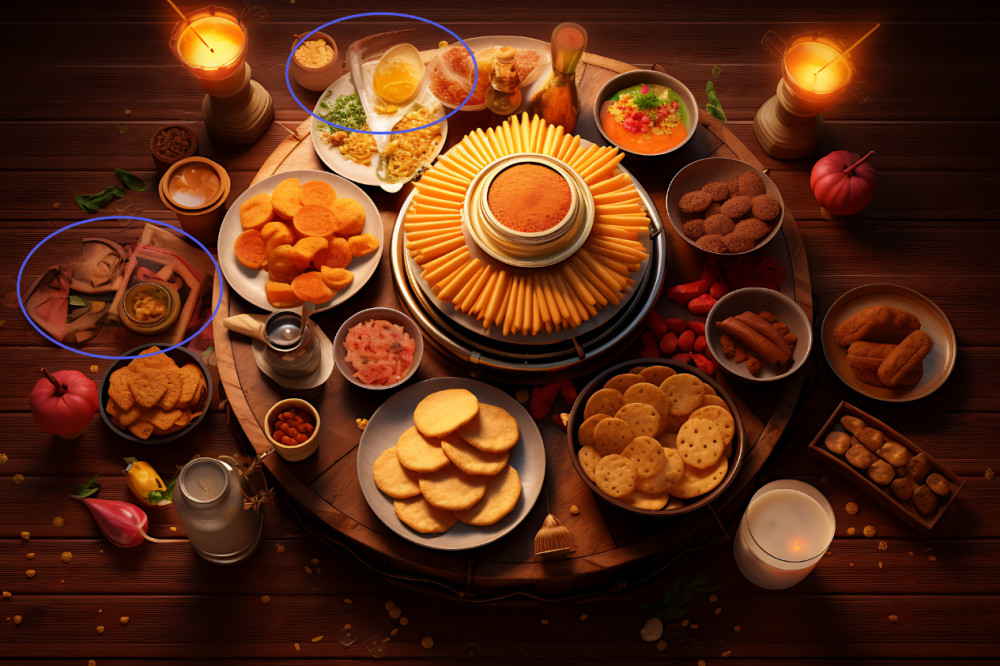
Food Offerings and Festive Plates of Kartik Purnima
167 Views
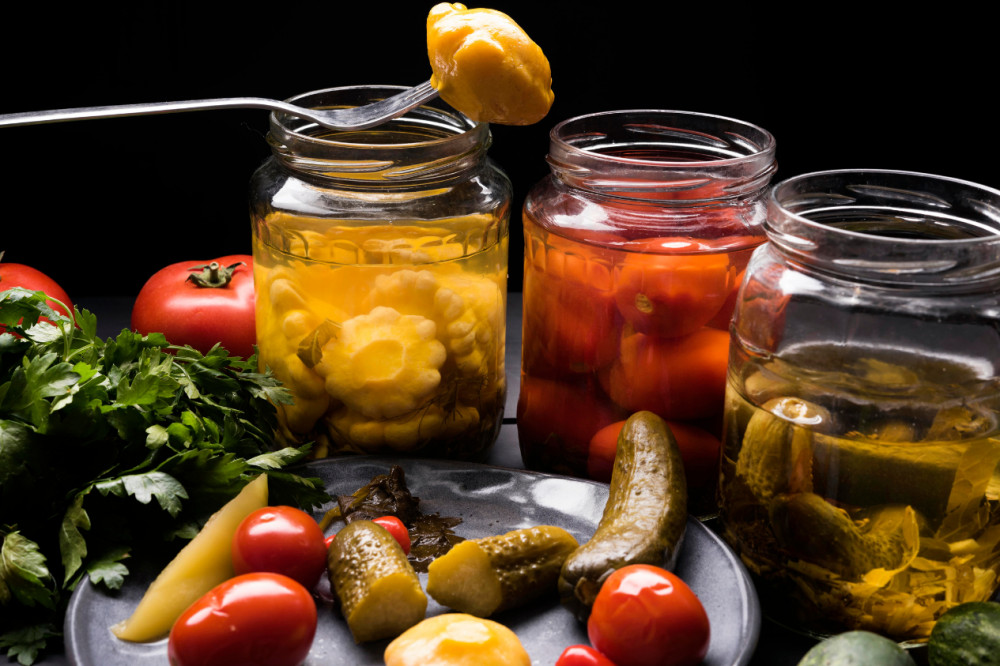
The Science of Ferment: Easy Homemade Fermented Foods
126 Views
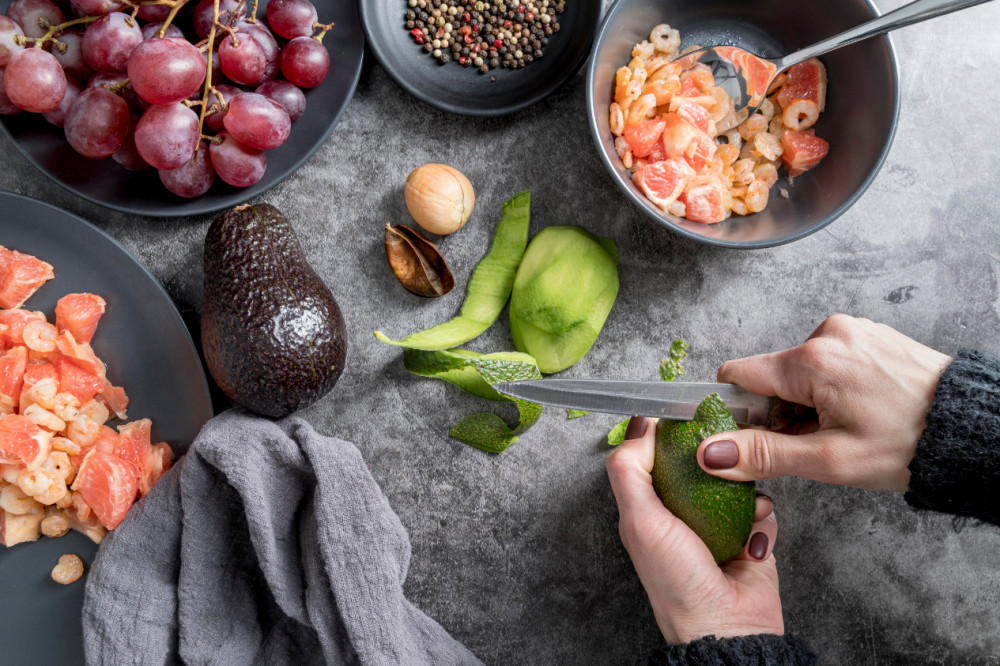
Zero-Waste Cooking: 7 Dishes That Use Every Bit
127 Views
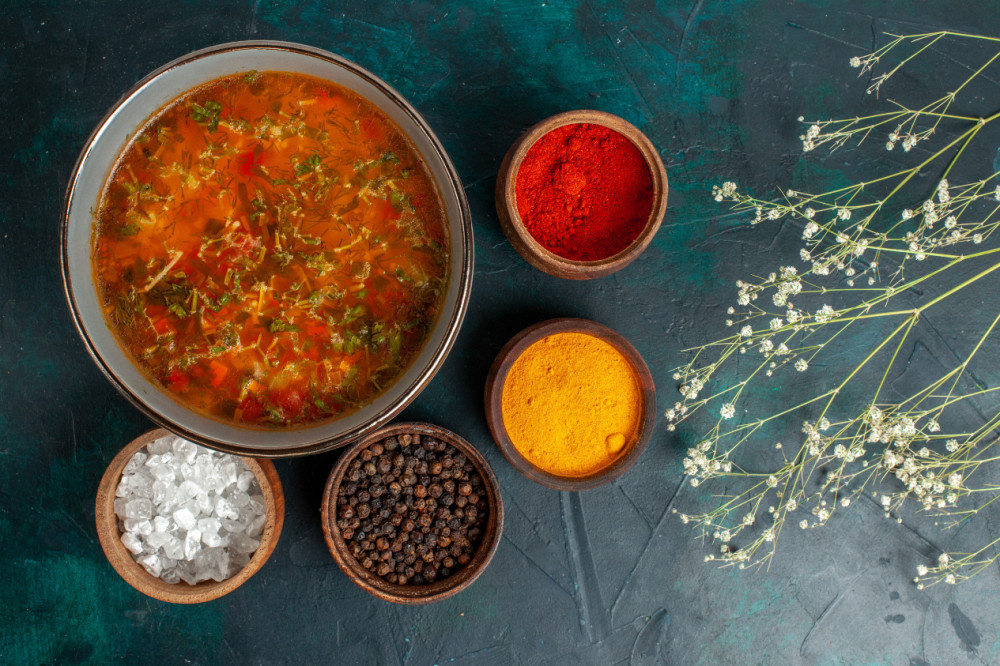
Warm Spices, Cold Valleys: Comfort Food from Kashmir
169 Views